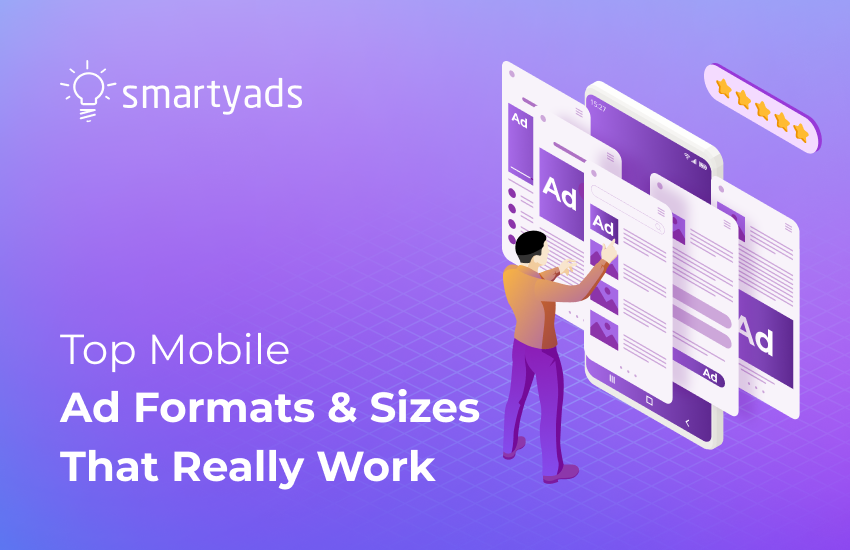Building your website is not a simple task; it requires lots of time and effort to create and manage one, and even after that, you still have to improve and optimize it to stay competitive always. But is it worth it? And how much can you make from advertising on your website? Your efforts will only be justified entirely once you have a properly managed website, as it becomes your digital asset and provides lots of opportunities to earn money for all kinds of businesses.
Having your website not only allows you to share your message with the world, but it can also become a source of steady income once you start to monetize traffic. So, how much do you make from ads? And what are the factors that influence the publishers' revenue?

How much do websites make from ads on average?
How much can a website make from ads? There are so many factors that define this. There are many things to consider starting from industry averages and the pricing model to the average number of page views and clicks on an ad. And yet, you should take these things into account, since each can dramatically impact your actual revenue. We will discuss some of these factors in detail, but first, it would be better to start with a broader landscape. Let's take a look at numbers to get a general idea of how much websites make from advertising.
The programmatic advertising landscape is diverse - while some publishers are making top dollars, others might barely make it to cover website maintenance costs. Nevertheless, there are plenty of opportunities out there. For instance, with a Google Adsense account, you can earn up to $10 for 1000 views. These are decent rates, but you can find it quite challenging to get higher than that, so we strongly recommend considering alternatives if you want to monetize a blog.
For most publishers, a lot depends on the pricing model they choose, so before we get to the actual numbers, it is crucial to get acquainted with some of these. There are many pricing models that allow you to calculate your website's ad revenue, such as CPC, PPC, CPM, CPI. Among these, the most widely used ones include CPM (cost-per-thousand) and CPC (cost-per-click). Both can vary significantly depending on the country and business vertical, but for both, there are average numbers that we can use as a benchmark.
Average CPC rates
CPC is a business model where advertising revenue is defined by how many people clicked on an ad. In this case, an advertiser pays a fixed price for each click, so the publisher's income depends on the ad's CTR.
CTR stands for click-through-rate. It is a metric used to calculate the percentage of people who clicked on an ad compared to the overall number of users who've seen it. So, how much do you make from ads? This depends on CTR. Here are some stats with average CPC and CTR rates broken down by industry:
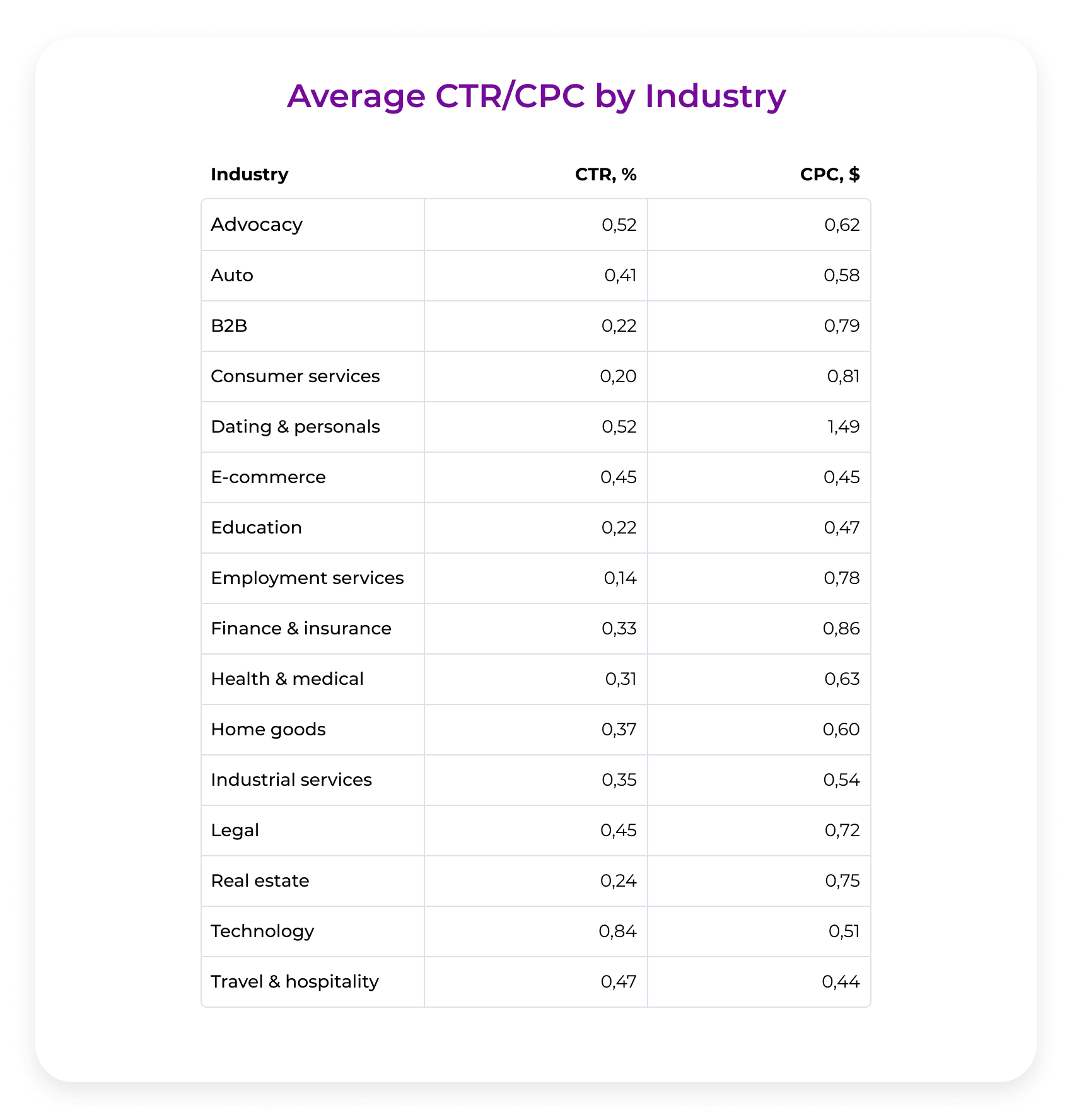
As we can see, some industries perform better than others - the highest rates are observed for websites focused on dating and financial and consumer services. Other well-performing niches include B2B, legal, and real estate businesses. Let us now turn to geography:
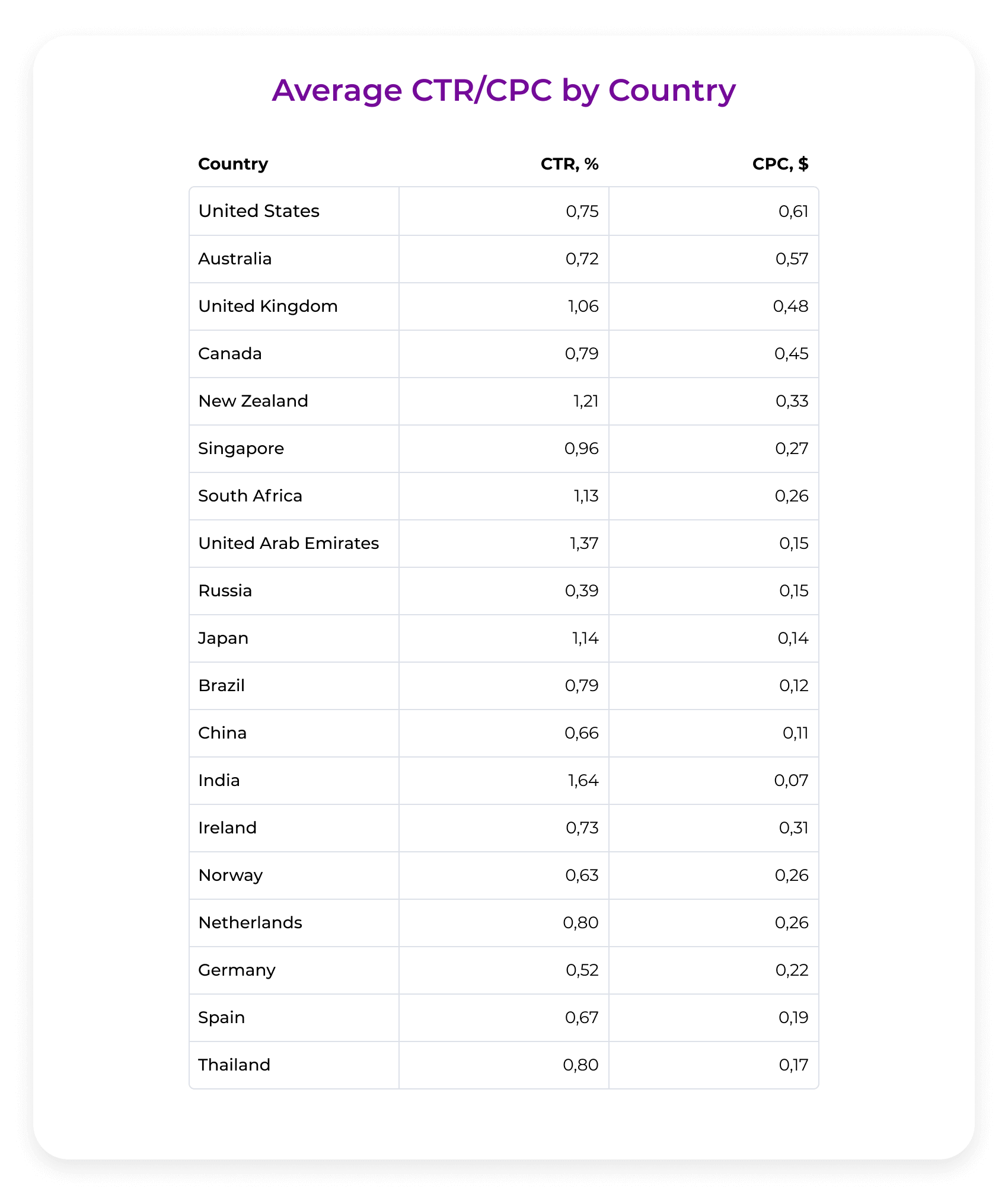
Advertisers are expected to pay the most for a click in the US, Australia, the United Kingdom, and Canada, so this kind of traffic will most probably give you the highest revenue. Also, please note that India, the United Arab Emirates, and Japan show the highest click-through rates, which can potentially balance relatively low CPC rates in these countries.

Average CPM rates
CPM stands for cost-per-mille and is defined as the cost per thousand impressions. This means that advertisers are expected to pay a fixed price for a thousand impressions, regardless of how many clicks these impressions will generate. When it comes to CPM, things are a bit more complicated, as even more factors influence it, so it's not easy to get precise data across industries.
Nevertheless, we can still get some estimations for different channels and formats. For instance, video advertising will bring you the most value, with average CPM varying between $11-17. They are followed by user-friendly native ads with $4-10 CPM. Finally, online display advertising and mobile both have an average of $1-6 CPM.
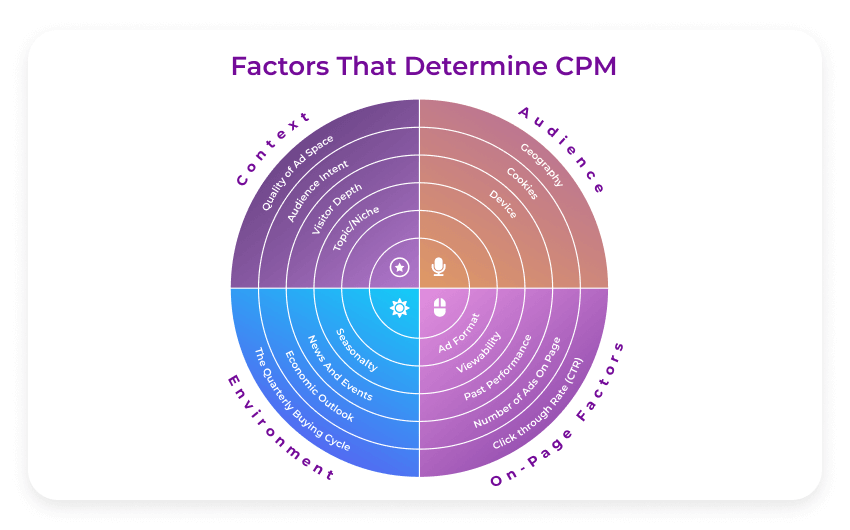
How much money do advertisers make?
How much money do websites make from ads on average? The truth is, we can have only general estimations. Having them is barely enough to predict every particular campaign flow. How much do you make from ads? You can ask this question to many publishers, and they will most definitely tell you that there are essential factors to consider.
How much money can you make from website ads? To find out, be sure to check the following criteria:
- Your audience. The more precise your user data is, the more value your website can provide to the advertiser. It is especially true for targeted advertising, where many marketers are willing to pay more for the specific audience segmented according to particular interests or demographics. Users with higher levels of income and stronger purchase intent are considered more valuable, so websites with such an audience would be more useful to the advertiser. Geography is also important - as we could notice from average CPC rates, visitors from English-speaking countries can provide more value than users with less spending power.
- Your website's content. First and foremost, your website should have a well-defined niche, such as sports, finance, hobbies, etc. Typically, the more narrow your topic is, the more valuable it is considered for advertisers within that niche. It is also important to realize what stage of the buyer's journey your website advertising covers - if your visitors are around their final stages of the decision-making process, the advertisers will pay more for such traffic. For example, websites with product reviews will convert more than general information websites. Finally, your content should be of high quality, user friendly, and brand-safe, as all these factors can also increase the brand's conversion rates.
- Your on-page factors. These usually include your ad slots specifications and performance. For instance, some ad sizes are more popular than others, so the demand for such ad units would be higher. Ad viewability is another significant detail to consider, as ads with higher viewability can potentially give you more revenue. The same goes for engagement, click-through rates, and other metrics that show your ad slots' past performance. If your ad slots are promising in terms of ROI, advertisers will surely commend this with higher bids.
- Your ads environment. It goes without saying that context is important, but for experienced advertisers, this is not limited only with your website's contents - there are a lot of other details that might affect how much you make from ads. For instance, device types are important, as desktop users are still more likely to convert compared to mobile. The season is also a big thing when it comes to defining your CPM - holidays, local news, and events, especially if they are relevant to your specific niche. Those can potentially impact the purchasing behavior of website audiences.
The takeaway
How much do you make from ads? Ask different publishers, and you get different answers. But how much can you make from advertising on your website if you know the ropes? Now you know that average rates vary from country to country and are often defined by the industry. In general, audiences with higher purchasing power are considered more valuable so that such websites will be paid more. The ad's context is also important - for many advertisers, their message must get to the user at the right time and the right place. Finally, the content itself should be relevant and valuable to the visitors, so that they spend more time viewing the ads and making purchases.
Monetize your website with SmartyAds SSP - sign up today!

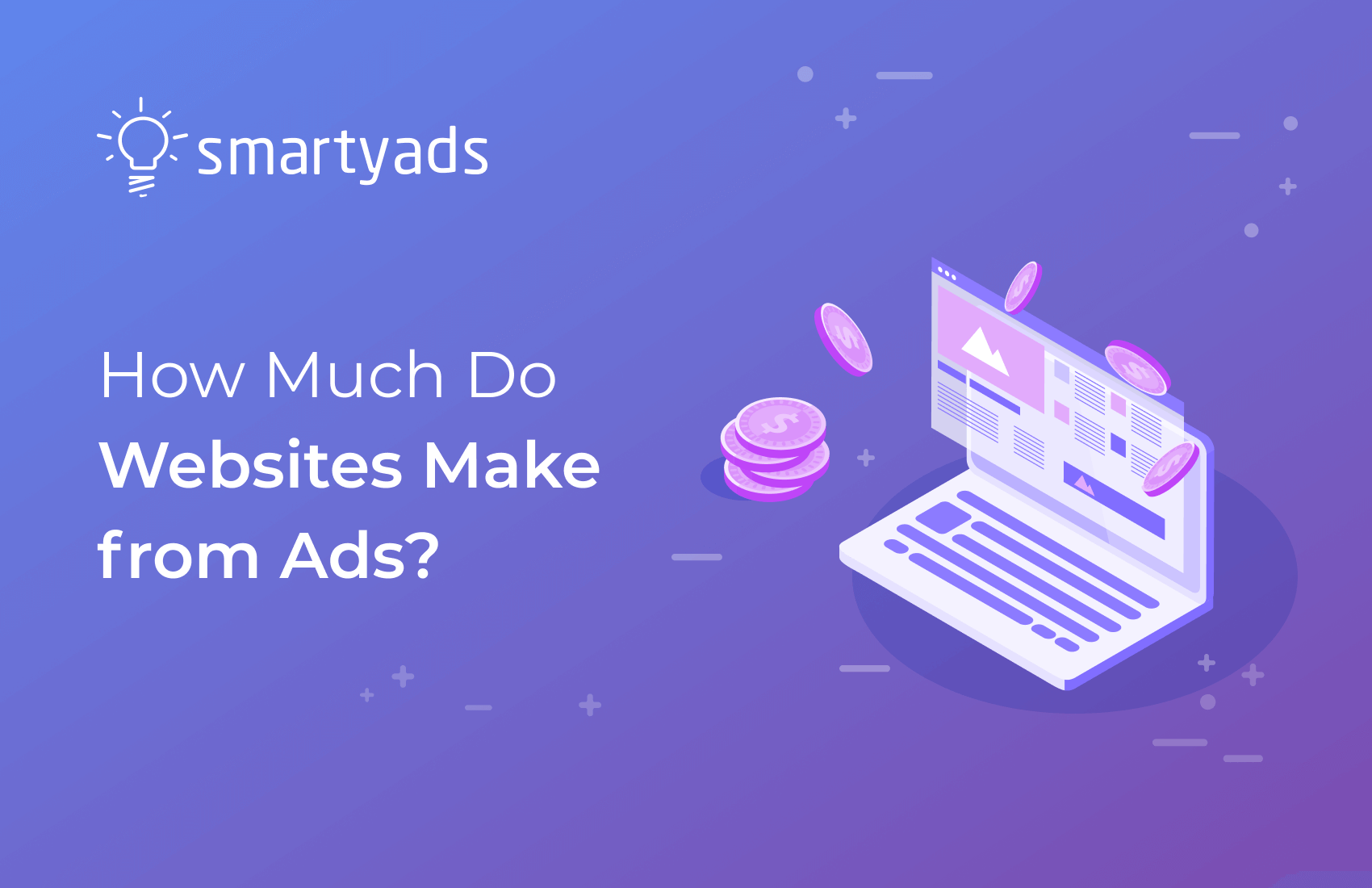
.webp)


